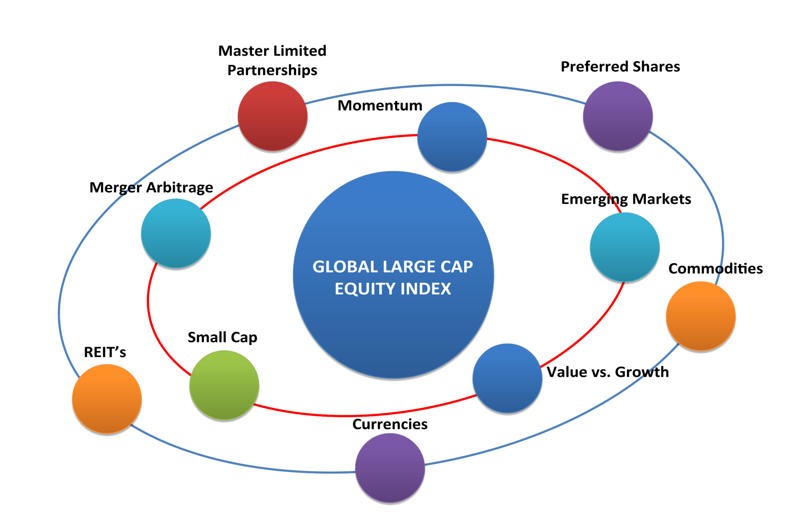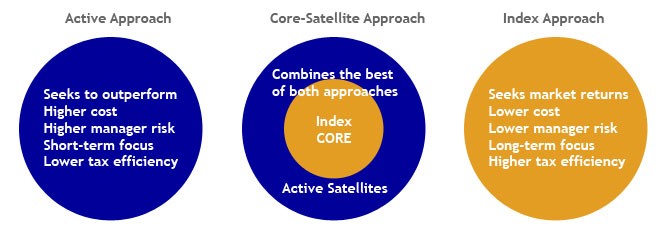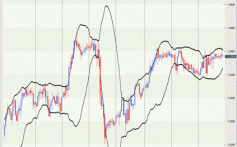CoreSatellite Investment Style
Post on: 16 Март, 2015 No Comment

BY Wendy Spires ON March 11, 2015
Core-satellite investment styles are a hot topic, but it may add complexities which investors need to understand, explains Wendy Spires, Director of Content and Research at findaWEALTHMANAGER.com
Observers of the investment industry will know that, for over a decade, one of the main debates is that of “alpha” versus “beta”.
This refers to whether it is worth paying more for active money managers, who potentially outperform the market through clever investment calls (alpha), or if the investor is better off buying low-cost investment vehicles that track the market, such as Exchange-Traded Funds (beta).
Advocates of alpha argue that the best investment managers will deliver market-beating returns, which justify the premium paid for their skill. Meanwhile, others view index-tracking products and the like are a more sensible bet they believe that timing the market correctly is difficult to do with any consistency. Indeed, there are wealth managers in the UK which only use products like ETFs to construct clients’ portfolios.
A blended approach
The choice between alpha and beta strategies is not either-or.
For many investors, a blended approach is a good way to keep the costs of investing down, while still allowing them to pursue enhanced returns and interesting investment opportunities.
Thus we arrive at a core-satellite approach to portfolio construction – whereby a client’s investments are divided into a “core” of passive investment vehicles, which track major stockmarket indices like the FTSE 100 with actively-managed investments included as “satellites”. While the passive portion allowing investors to participate in market gains at a lower cost, the satellite holdings in the portfolio will be where the investment manager seeks to generate superior returns.
It is easy to see why such a blended approach could find favour. In a low-yield investment environment where interest rates are rock-bottom and have been for a good while investors are hungry for opportunities to make their money work harder.
At the same time, increased fee transparency has made investors more cost-conscious than ever. In short, while some investors are happy to pay more for real investment skills where they see this will add value, they are keen to use more economical, passive vehicles where they can.
For the DIY investor, a core-satellite approach to building the investment portfolio holds significant appeal. Actively managing a significant multi-asset investment portfolio is a significant undertaking, when one considers all the monitoring and analysis this entails Those going it alone may like the idea of putting the majority of their assets into passive investment vehicles and limiting active management to a far smaller proportion of their portfolio. Yet while such an approach can allow investors to get the best of both worlds, core-satellite portfolios call for a special appreciation of risk and diversification.
Added complexity

As one might expect, one of the main areas where DIY investors can get into difficulties is in the sheer complexity of holdings which can accumulate over the years. Indeed, this can be an issue for many individuals who may have been investing diligantly but not systematically for decades and have ended up with a portfolio which is far removed from diversification and risk/return parameters.
It is very easy for DIY-ers to sleepwalk into being over-exposed to one asset class (like equities or property) or a particular market or sector and therefore face significant, unexpected investment risk. Once investors realise this and bring in a professional to help manage their investments, one of the first tasks the wealth manager will carry out will be to discipline the client’s investments, and identify where they could be better diversified to minimise risk.
Here we return to core-satellite investment strategies: while their appeal is easy to see, such an approach can exacerbate the portfolio concentration risks.
Remember is that holding a variety of assets and proper diversification are not the same. Rather, the risks presented by each investment need to be understood, along with the interrelation of various asset classes to each other.
Noting the extent to which asset classes are correlated (the extent to which they tend to go up and down in value together), is crucial for safeguarding your wealth. Proper diversification of your portfolio will lessen the likelihood of all your investments falling in value at the same time; conversely, an incomplete appreciation of correlation could be disastrous.
The issue at stake is that a seemingly highly-diversified portfolio may have far greater cross-correlations than are apparent. If investors are taking a core-satellite approach, it is crucial for them to see all of their investments “in the round” and to include all the active and passive proportions in a thorough-going assessment of diversification and investment risk. If, for example, the passive portion of an investors’ portfolio is focused on tracking the UK stock market passively, then an additional “satellite” position in a UK company may not be the best idea.
Investors should be aware of times when, although they may feel they are diversifying their investment risk, they may be doubling it. While a core-satellite approach combines the best of beta and alpha-seeking investment strategies, keep in mind the complexities it adds. Discussing your existing holdings – and those you would like to add with a professional can uncover many such hidden investment risks.
To start the process of finding the right wealth manager for your profile and needs, simply take our short online questionnaire .














